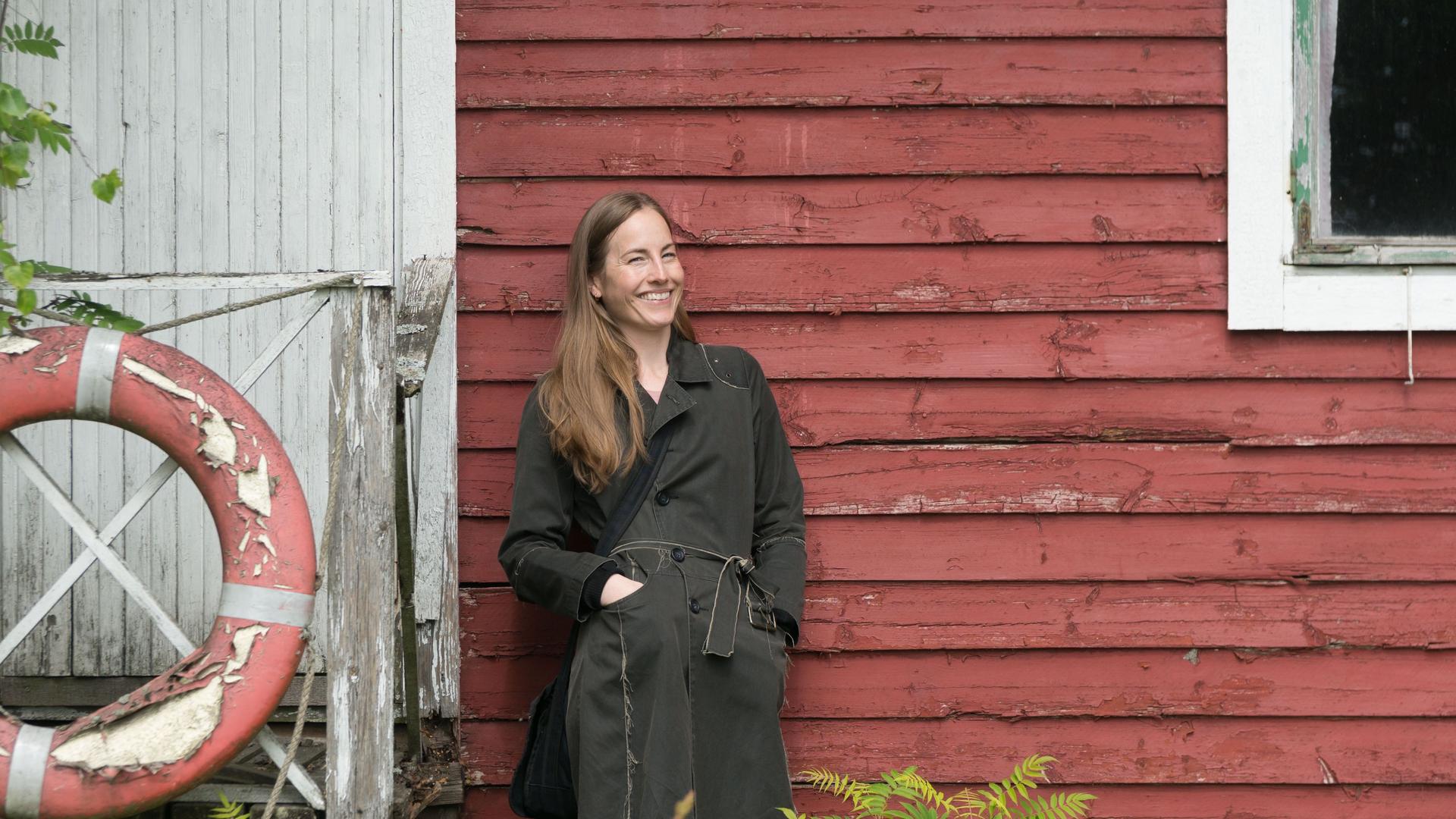The author, Anu Partanen, is pictured in Espoo, a city in southern Finland where she grew up.
The first time I saw a doctor in the United States after I’d gotten my American health insurance, it wasn’t for anything serious. American friends had told me I should get an annual physical exam. That way, they explained, a record would exist that I’d been in good health. If I got sick later, the insurance company wouldn’t be able to claim that I’d hidden any pre-existing conditions.
This sounded very strange to me, but I did as I was told. The doctor ran some routine tests and declared everything to be fine. The visit seemed similar to a typical visit to the doctor in my home country of Finland. Only later did the real difference become apparent, when a letter from my insurance company arrived. A short hearing test the doctor had performed turned out not to be covered, the letter informed. I was confused. How was I to know that, I asked my American husband. Am I supposed to stop the doctor every time she approaches me, to make sure every procedure is covered by my insurance?
Probably, he answered apologetically. That’s how the American system works.
At the time, I was incredulous. Now, eight years later, and with more experience with American doctors and health insurance companies under my belt, I can conclude that indeed, that is how the American system works. The irony, though, is that in all likelihood, the doctor won’t be able to tell you what’s covered without studying the fine print of your plan, with its deductibles, out-of-pocket maximums, coinsurances, copays and all those other peculiar features of American health insurance that I’d never heard of before in my life. After all, the system works very differently in Finland.
Eight years ago, when I was in my early 30s, I left Finland to move to the United States. Few things reveal the differences between the two countries as clearly as health care. In Finland, as in all Nordic countries, health care is arranged as a universal, taxpayer-funded service. You could compare it to the way public schools, police departments or fire departments work in the United States.
The national and local governments in Finland run hospitals and public clinics, and the nurses and doctors in these facilities are usually public employees. When a patient receives treatment, he or she might owe a small copay, but those are capped at about $700 per year. If you have trouble affording even the copays, social services will help you out. All Finns are covered automatically, and all care deemed medically necessary is included. No insurance company needed.
Living my life in Finland, I’d received my primary medical care from a variety of sources. When I was a kid, I’d visited either the school nurse, a public clinic, a public children’s hospital or sometimes a private doctor for which my parents would foot the bill. In college, I used a publicly funded student health center. Later, when I was a working adult, I usually just went to my local public clinic.
Occasionally, for minor illnesses, I saw the private doctor offered by my employer. And at other times, I chose to see a private dermatologist or gynecologist outside either the public system or my employer’s plan. If I went to a doctor who was available through my employer, the visit was simply free. If I went to a private doctor outside my employer’s plan, I paid most of the bill myself, although the government generally subsidized these visits, as well. I had lots of options and plenty of choices.
From my perspective, the biggest difference between Finnish and American health care systems is not the quality of care. I’ve found the doctors and facilities in both countries very similar, although the Finnish facilities do strike me often as better designed and less cluttered. The biggest difference is how much more expensive and complicated the American system is and how much more anxious I have grown as a result. In most other modern industrialized societies, including Finland, health care is considered a basic human right.
Nordic societies are capitalist, free-market societies like the United States, but they have decided that in this day and age, there are a few basic services that a country has to provide for all its citizens to ensure innovation, efficiency and quality of life, not to mention equality of opportunity. These services include things like paid parental leaves, affordable day care, good public schools, free university education and universal health care. It’s important to understand that all this isn’t charity. Rather, it’s simply the most efficient way to arrange such complicated and essential services. The system serves everyone in society well — both rich and poor.
In Finland, I never really thought about health care if I wasn’t sick. In the United States, I think about it constantly. I have spent countless hours comparing American health insurance plans and their terms, coverage, networks and costs, as well as trying to find doctors who take my plan. I have felt anxious, powerless and abandoned by the society around me. And if this is how I feel, as an educated, relatively privileged American, I can only imagine how someone without the means to buy any health insurance at all feels.
Nordic health care systems have their own problems, for sure, but now when I read reports that declare Nordic countries the happiest nations on earth, or that marvel at the Nordic lifestyle with its hygge ("comfortable coziness") or that celebrate the high levels of social trust in these countries, I think of health care.
Universal health care may not be the only generator of security, happiness and free time, but good luck getting those things without it.
Anu Partanen is a journalist and author of “The Nordic Theory of Everything: In Search of a Better Life.”
